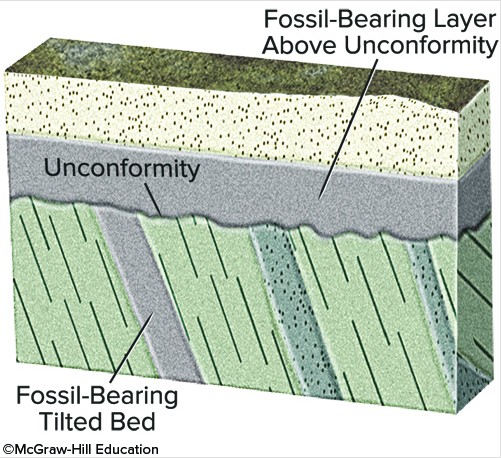What is the greenhouse effect? What are the gases involved in this process? What are some of the events that could happen if global warming progresses?
· The greenhouse effect is the rapid warming of the Earth due to the trapping of heat in the atmosphere. Greenhouse gases are able to allow light energy to enter the atmosphere, but make it difficult for the reflected rays to leave the atmosphere.
· The greenhouse gases are carbon dioxide, methane (both of which are produced in large quantities by human related activities), water vapor, and chlorofluorocarbons. These are constantly insulting the atmosphere.
· The greenhouse effect is something that is needed for life to exist on Earth. The problem lies with the intensification brought on by humans. The main contribution to greenhouse gases that we make is from energy consumption.
· There are many things that can occur with global warming. There will be a decline in biological productivity, the melting of the Arctic, and major disruptions to all ecosystems. Many more are listed in the chapter.
You might also like to view...
____________________ consist of alternating layers of marine and non-marine rocks. Fill in the blank(s) with the appropriate word(s)
What occurs during compaction?
A) A machine takes the sediment and stomps it down as much as possible. B) Sediment is heated up which causes it to condense. C) Additional layers of sediment accumulate and press down on the layers underneath them. D) Sediment crystallizes which causes it to condense.
Corn-based ethanol production has a number of drawbacks, including ________
A) substantial inputs of fossil fuel energy B) depletion of fresh water C) increased use of pesticides D) increased use of fertilizers E) all of the above are drawbacks of corn-based ethanol production
What would fossil ages from the geologic timescale tell us about the age of this unconformity?
A. The amount of time represented by the unconformity can be approximately bracketed by the ages of the fossils above and below. B. The unconformity is older than the fossil ages in layers above the unconformity. C. The unconformity is younger than the fossil ages on the tilted bed. D. All of these choices are correct.